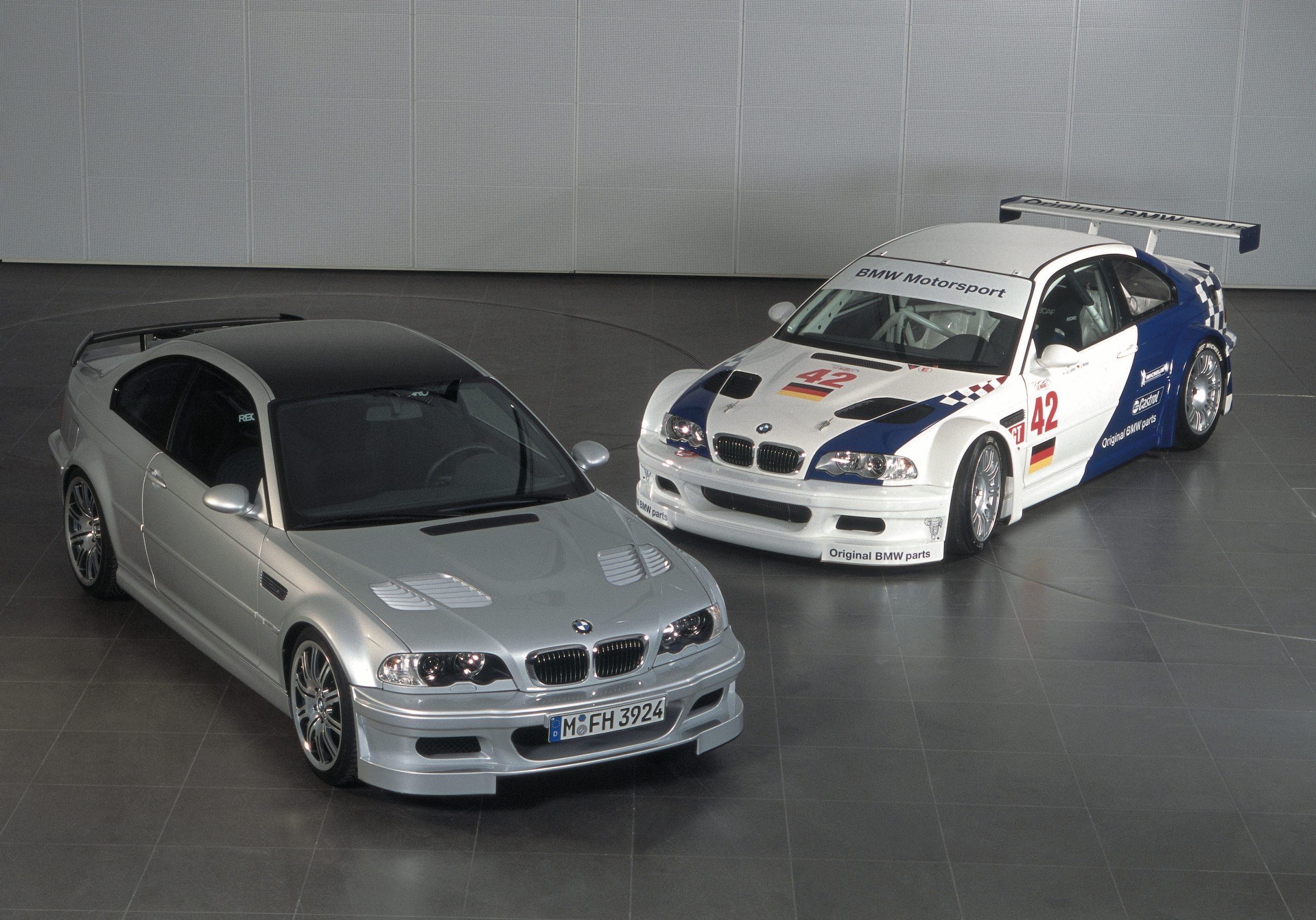One hundred and sixty miles an hour. Time to change into top. I remember that gearchange so clearly, even though it happened 33 years ago, when I first drove a Porsche 959. You never forget a car that special, or that fast. Or doing 160mph with one gear to go.
Yes, at 160, the twin-turbo flat six roaring at close to its 7300rpm redline, I moved that stumpy little gearlever straight back into sixth. Top gear. I was driving on a speed unrestricted German autobahn near Stuttgart and was hoping to hit 200mph in the only car in the world that could – in those days – get close. The 959’s official top speed was 197mph. And Porsche being Porsche, that was a highly believable claim. With a tailwind, a downhill section of autobahn, no traffic and a slice of luck, an indicated 200mph (or 320 km/h on our German registered car’s speedo) was surely feasible.

Alas, it never happened. Just when I got into top gear, and the engine bellowed and the windnoise roared and the big tyres hummed loud and the car still tracked as straight as a missile, so we’d always see other traffic – usually a labouring lorry, far ahead in the slow lane. The idea of overtaking a lorry on a two-lane autobahn, going approximately 140mph slower than you, was too frightening to contemplate. What happened if he suddenly pulled out? So I backed off, touched the brakes at 175mph – the car jolted slightly as the big discs grabbed – and we raced past the trucks, still doing about 130. I maxed at 175 that day. But later Auto Motor Und Sport, the German magazine, would duly clock 317km/h, or 197mph. Exactly as Porsche claimed.

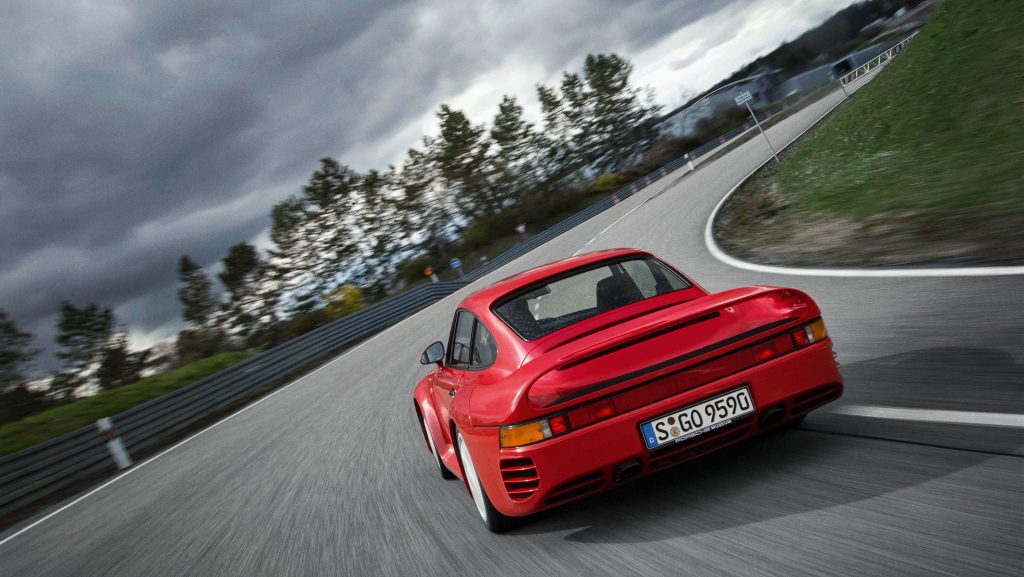
It wasn’t just the speed of the 959 that made this new Porsche so very special. Although, as the world’s fastest car of its day, that was some feat. Rather, it was the technology that it showcased. It was a tech-fest of cutting-edge Porsche thinking. This included computerised four-wheel drive, endlessly varying drive to the axles, as needed, while still sending most power rearwards, as you’d expect from a good rear-engine Porsche. It was the pioneer of electronically controlled variable 4×4 systems, now common on performance cars and SUVs. It was also the first all-wheel drive 911 (on which the 959 was clearly based). This made the 959 astonishingly sure-footed. Other novelties included active damping and variable ride height. Both could also be controlled manually.
A twin-turbo 2.85-litre version of Porsche’s flat six produced 450bhp, making the 959 the most powerful 911 variant to date. Yet it was far more than a normal 911, as its performance and specifications – including double wishbone suspension all round and Kevlar body panels – made clear. 0-62mph acceleration took 3.7 seconds. It was the fastest accelerating car of its day, as well as the quickest in top speed. The contemporary Ferrari supercar, the Testarossa, was two seconds slower to 62.
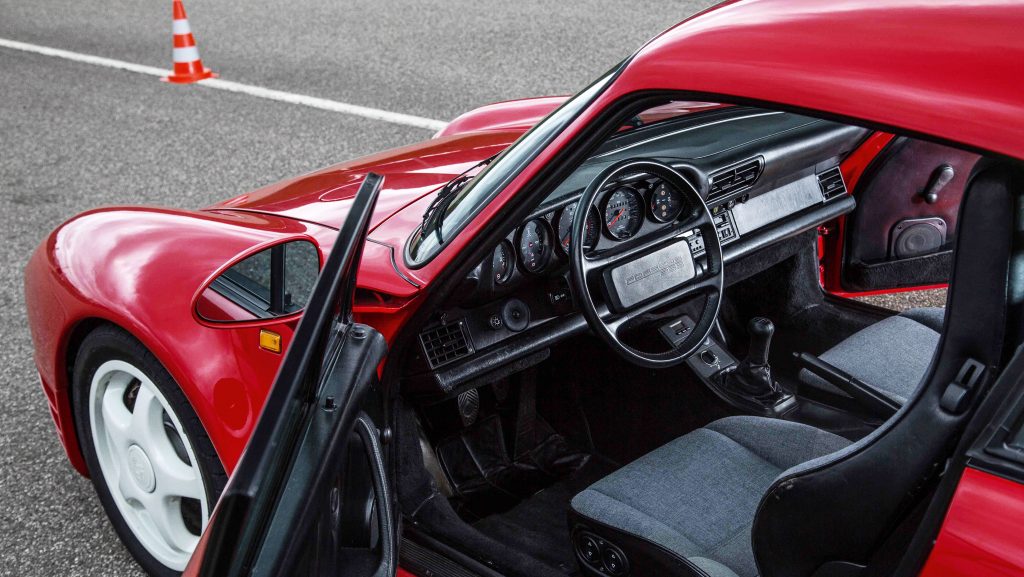
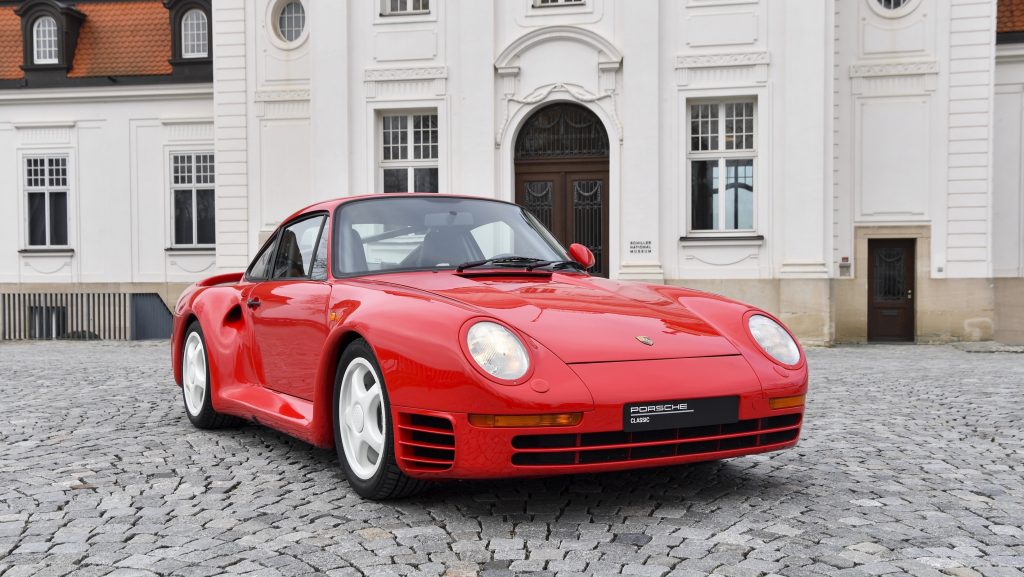
The 959 didn’t keep that top speed crown for long, though. Almost 500 miles further south, in Maranello, Ferrari was smarting because the 959 was winning all the supercar plaudits. Plus, it clearly outperformed Ferrari’s rival limited-edition supercar flagship, the 288 GTO. That Ferrari may have been more beautiful and, as with most Ferraris, had unmatched emotional appeal. But by every single performance criterion, the 959 was better.
Ferrari’s riposte was the F40, and it was the first road car to breach the magic 200mph barrier. It was an utterly different supercar from the 959. It was a good old-fashioned mid-engine rear-drive road racer, achieving its astonishing performance through the simple time-honoured combination of lots of power (478bhp from a twin-turbo V8) and minimal weight (1100kg).
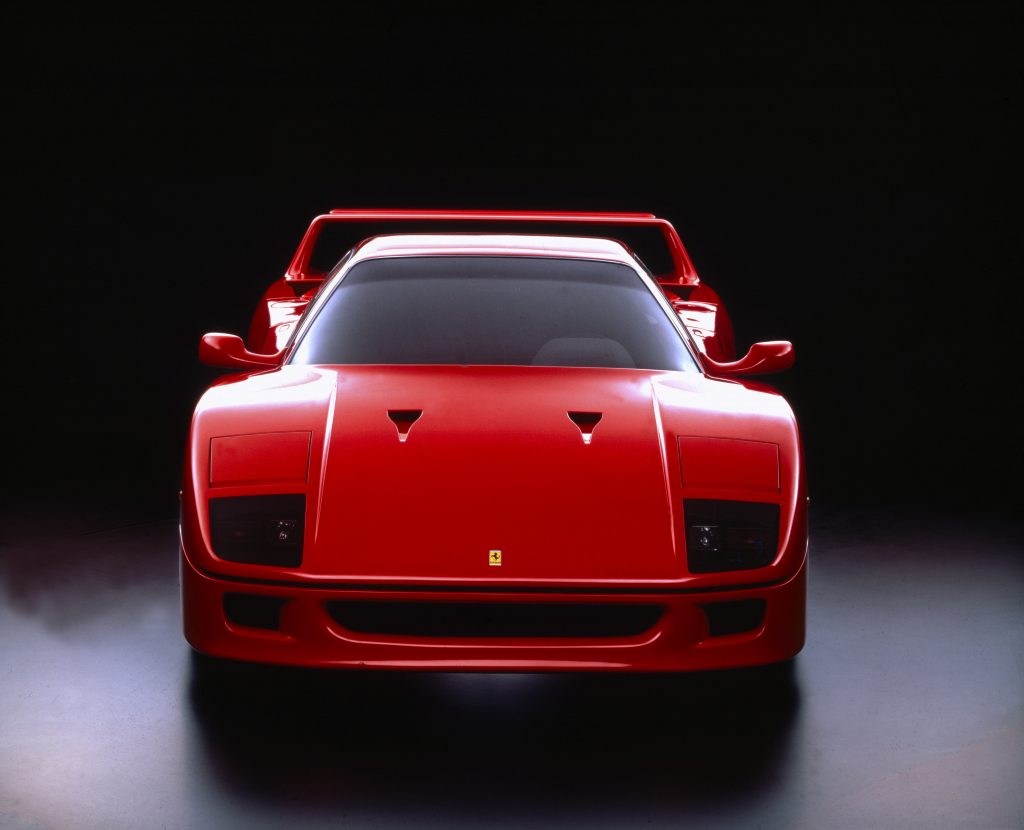
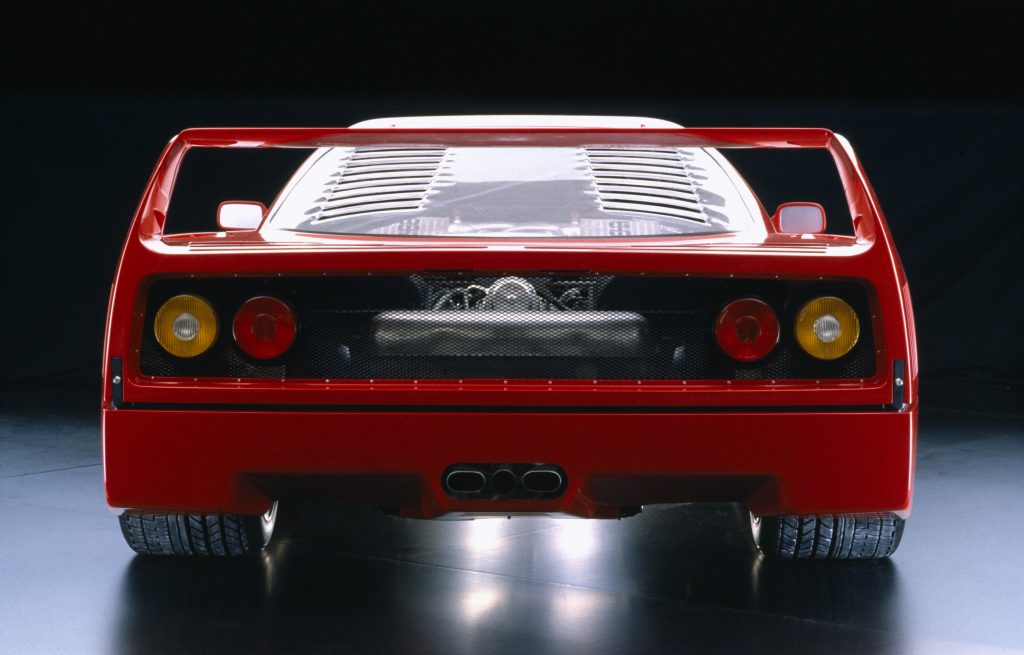
The low weight was facilitated by a carbon fibre central tub – though the chassis was tubular steel – and composite body panels. There were no carpets, the windows were lightweight sliding Perspex and the door catches were simple pull cords. No car before or since had so clearly prioritised speed and driving sensation. No car looked more sensational either: a cleanly styled wedge of red culminating in a big rear wing. It looked like a Le Mans racer. It was also the last Ferrari developed under Enzo Ferrari’s watch. The Old Man died in August 1988, a few months after F40 production began. It was some swansong.
So in 1988 I headed to Maranello to drive it. To add some spice to our story for Car magazine we took along a 959. We drove to Maranello in the Porsche, marvelling again at the 959’s docility, speed, and ability to cruise unfussed at more than 150mph. As we raced along the autobahn, heading to Italy, we travelled by jet while the rest of the world went by Tiger Moth. The ride comfort too, with those active dampers, was truly astonishing.
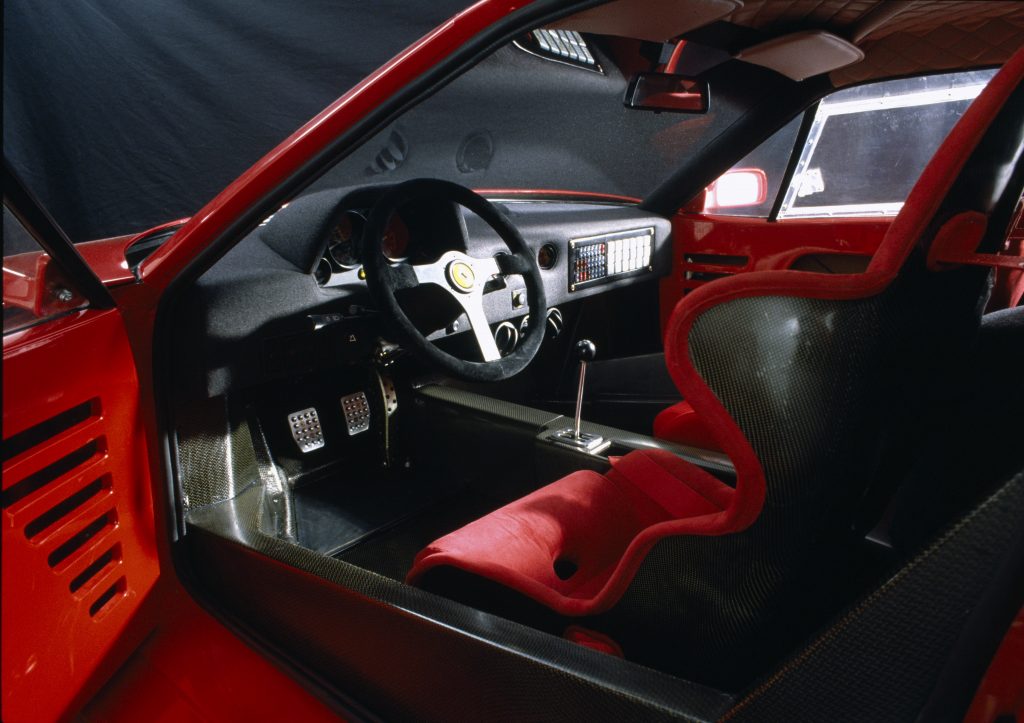
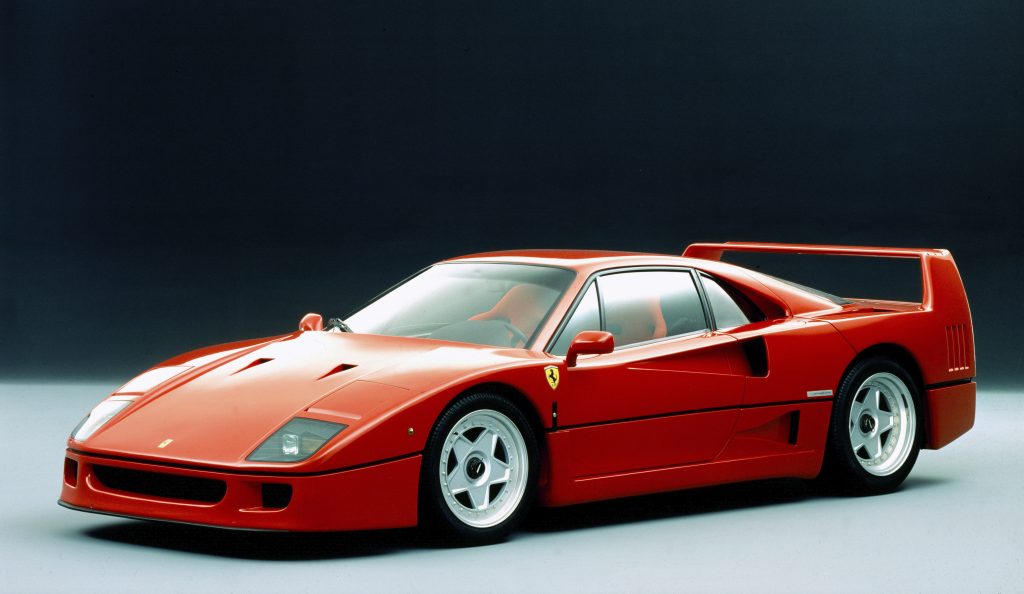
Once at Maranello, the comparisons began. The F40 was by far the more beautiful car, a long and graceful bird compared with the lumpy and rather unhappily proportioned Porsche: a designer’s dream versus an engineering wonder.
On the road, and on the Fiorano track (where we also tested the 959, not something that would be entertained now), the contrast was also canyon-sized. The 959 was quiet, comfortable, civilised, ever so easy to drive, soft riding, light to steer (thanks to power steering), and no more challenging to drive on the road than a Fiesta 1.1L – unless you were driving at high speed, when concentration and judgment were clearly necessary. Yet the 959 was almost a match for the Ferrari in speed and lap times. On a winding public B-road it would have been quicker, because of its extra traction and smaller footprint. Especially if the road was slippery.
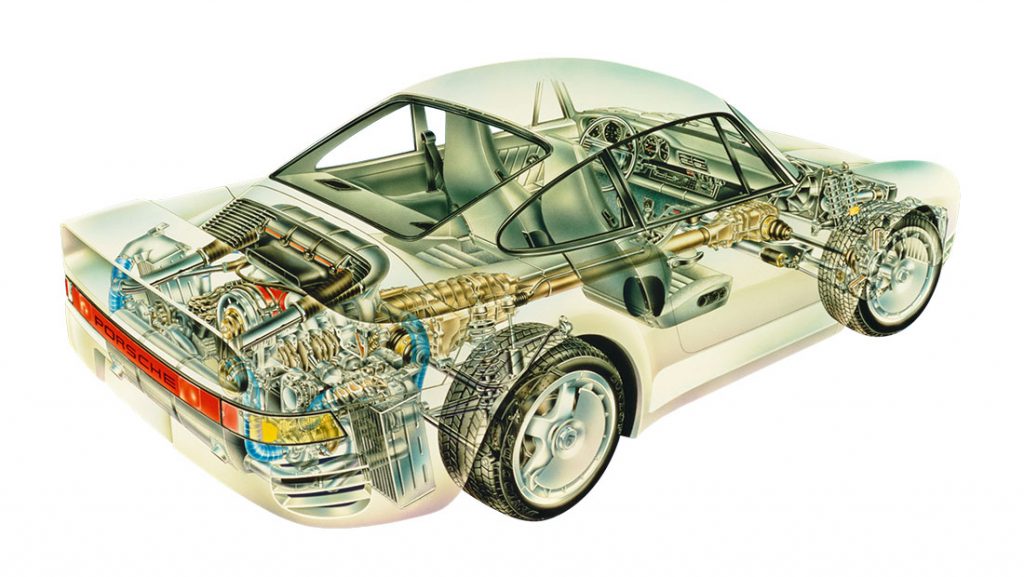
The Ferrari was faster, more exhilarating, more exciting and the nearest you’d ever get to piloting a Le Mans racer on the road. And the drama! From the whoop and whistle and growl of the marvellous twin-turbo V8 to the fusillade of street debris that bounce off the flat carbon floor (there was no sound deadening), to the stripped-out racer’s cockpit that perfectly complements fast driving. It was the wildest, fastest and most Spartan supercar of its era. No ABS, no electronic traction or stability controls, no power assistance for steering or brakes. It took perverse pleasure in not offering all mod cons. Whereas the 959 served up more technology than any fast car we’d ever seen. One car magnificently celebrated the past. The other meticulously previewed the future. One car was wearying on a long drive, owing to its noise and need for total driver focus. The other was virtually as comfortable as an S-class.
My conclusion, back in 1988, was clear. The fastest sports car in the world versus the best. The most exciting supercar in the world versus the greatest. The F40 was a gorgeous and hugely desirable red adrenalin pump, thrilling and fantastic. The 959 was a seminal sports car that would change supercars forever.
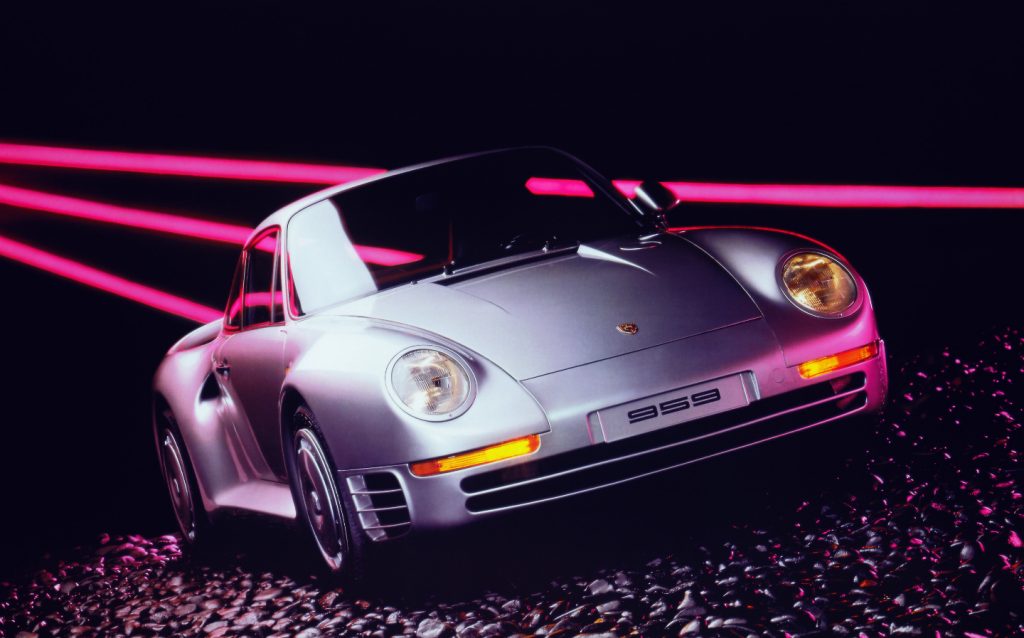
Fast forward 26 years, to 2014, and we got them together again. This time at Rockingham in Northamptonshire, rather than Maranello, Italy. And there’s no doubt, the F40 has aged better. Wedge nose, deep chin spoiler, side skirts and big rear wing standing proud. It’s a simple and stunning vehicle, one of Pininfarina’s best designs, graceful and wonderfully ageless. Alongside, the Porsche looked like some sort of stumpy organic vegetable: a marrow alongside a missile. Bluff nosed, upright and with an ungainly rear overhang, it looked every inch the ’80s limited-edition special, the body-kitted 911.
Out on the Rockingham track, I was reminded just how heavy and firm-riding the F40 was. Unlike all modern Ferraris, this car needs to be manhandled. It requires strength, as well as judgment. The throttle, brake and clutch – all three pedals are drilled alloy, all noticeably offset to the car’s centreline – are astonishingly heavy, for one whose legs are now used to lightweight modern car controls. Modern Ferrari customers would be horrified. This car takes old school skill and muscle.
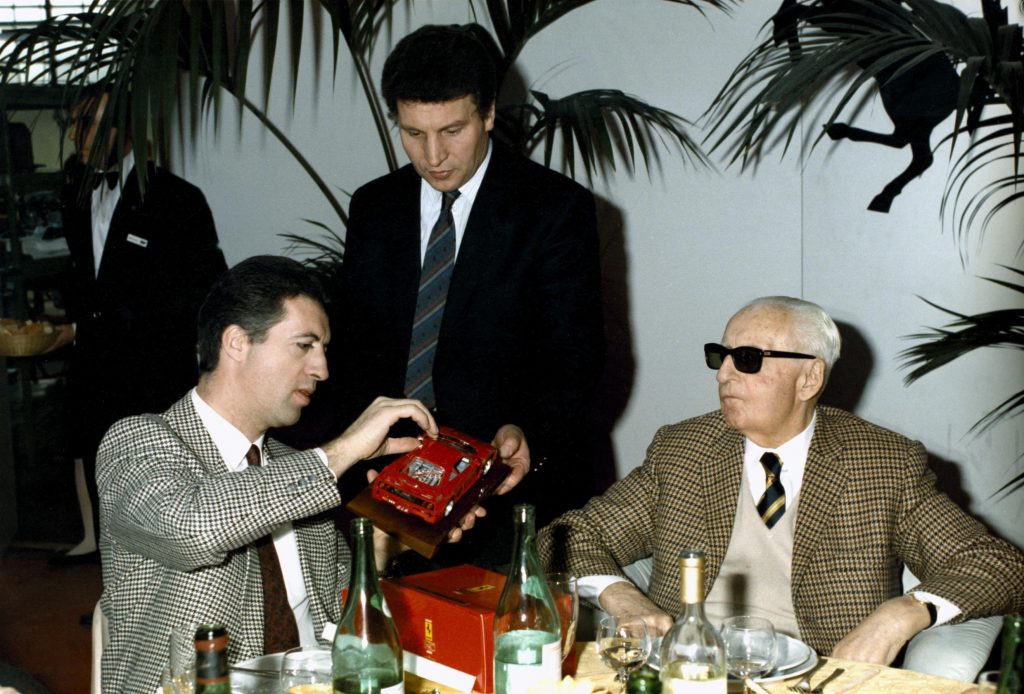
To get behind the wheel, you first have to vault a carbon sill the size of a small RSJ. You sit very low. The steering wheel, more horizontal than I remember – so you steer slightly with the base of your palms – relays every little bit of debris on the track and is so deliciously responsive and communicative as you work the corners. The unassisted brakes are heavy but fantastically strong and responsive. Pedal feel is superb.
That magnificent twin-turbo V8, on full view to bystanders under its Perspex cover, sings and growls behind you. It’s an aggressive and angry engine, and still feels manically fast, the turbocharged power positively eruptive. The fun doesn’t stop until 7750rpm.
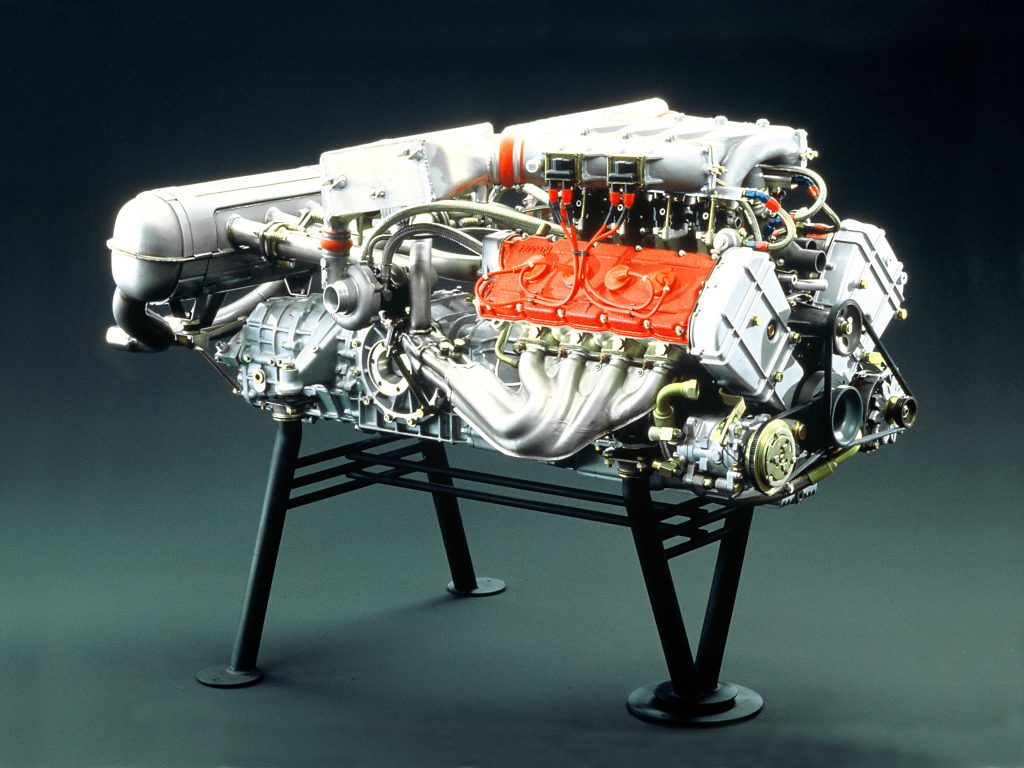
Twenty-six years on, the F40 is still fantastic. In fact, as supercars have got softer, as they cater increasingly for Beijing and Beverly Hills boulevardiers, so the singular F40 feels even better than I recall; a supercar apart. Here is the last of the red-blooded no compromise Ferrari berlinettas, surely the most exciting fast Ferrari road car of all time.
The 959 is still fast, still comfortable, still civilised, still impressive, and has that lovely characteristic Porsche flat-six bellow. Its controls are silky soft and it’s easy and relaxed to drive, fast or slow. It feels like a modern Carrera 4, if not as good. Nothing else drives like an F40.
Turbocharged supercars, supercharged investments
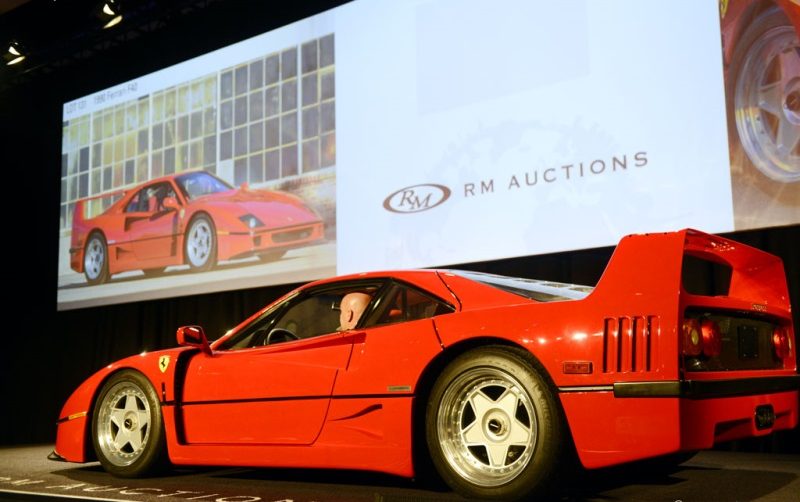
They say nothing accelerates quite like a Ferrari F40. That’s certainly true where the market for collectors cars is concerned.
Since 2006, the Hagerty Price Guide has tracked the values of both the F40 and 959, albeit in the American market, writes James Mills. And just as the two have been neck and neck when it comes to power, performance and dominating the fast lane, so they have run side by side as investments.
In September, 2006, an F40 in concours condition was valued at $380,000, while the Porsche 959 came in at $310,000.
By January, 2010, the Italian machine was commanding a significant lead, with concours values hovering around $587,000 whereas the German sat at around $396,000.
The Ferrari had hit an average value of $1,000,000 by January, 2014. The Porsche is around $820,000, and takes until the following January to achieve a $1m valuation.
Things max out for both the F40 and 959 in January, 2017, when the best of the best command $1.75m respectively.
As of May, 2020 the Hagerty Price Guide lists a concours F40 at $1.6m and a 959 at $1.3m. For those that have been fortunate enough to own either car from new, the rise of the supercar will have been quite a ride. But not half as exciting as sliding into the driver’s seat, warming the engine oil through and letting the supercar do what it does best – warp speed.
Ferrari SF90 Stradale review: ‘Ferrari’s latest supercar would be better without its hybrid system’



